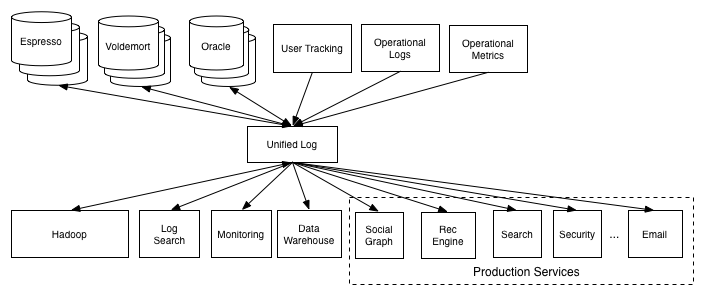In his talk at the 54:53 minute mark, Rich Hickey is talking about the usage of queues as a mean to decouple dependent program parts. Can you give me an example on how to deouple the following piece of Java-pseudo-code in order to improve it's design and/or flexibility:
// Warning: Java-pseudo-code ahead
class Job {
public void doRun(A a) {
saveObjectToDatabase(a);
B b = computeB(a);
saveObjectToDatabase(b);
C c = computeC(b);
logToFile(c);
}
}
saveObjectToDatabase and saveObjectToDatabase can be seen as a method with side-effects, whereas computeB's and computeC's output only depend on a.
I know this question is rather vague/broad. I would like to get a feeling on how to leverage queueing mechanisms without massively complicating my program and still making sure it does the right thing in the right order. Any pointers into the right direction are appreciated.

